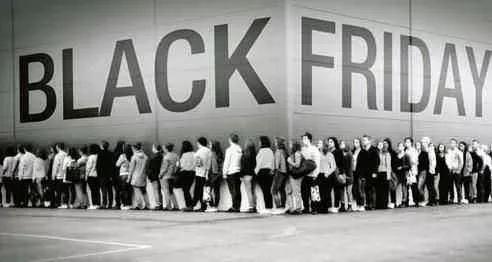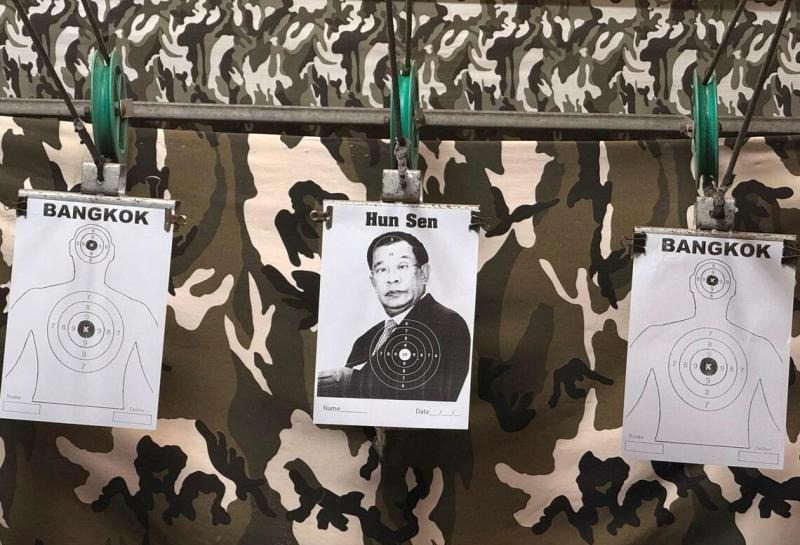
The 2025 US holiday shopping season was supposed to be a double celebration for both merchants and consumers. However, the reality is shrouded in a "bill chill." From the turkey on the Thanksgiving table to the gifts under the Christmas tree, and from the promotional posters in physical stores to the full-reduction activities on e-commerce platforms, a combination of soaring prices, tariff pressures, and economic uncertainties has created an unprecedentedly complex scenario for this traditional peak shopping season.
The starting point of holiday consumption is the family table, and this year's cost surge has left homemakers with furrowed brows. Data from Affinity Federal Credit Union shows that the average cost of preparing a holiday feast for 12 people has reached 362.80,a52.05 per pound, and a 15-pound turkey now costs $31, marking a 25% year-on-year increase. The prices of roast beef and steak have soared by 18.4% and 16.6% respectively. What's even more disheartening for dessert enthusiasts is that the price of chocolate has increased by 8%-10% due to a shortage of cocoa beans and tariff policies. Imported goods such as French wine and German beer have also seen price hikes due to the 15% EU tariffs.
"Over the past three years, food prices have accumulated a 26% increase. Now, buying a box of cookies costs an extra dollar." The lament of Martha, a homemaker in New York, reflects the common predicament of American families. As expenses on groceries, housing, and insurance continue to squeeze budgets, the "ritual sense" of holiday feasts is being eroded by real-world pressures.
The phenomenon of consumption downgrade is particularly evident in gift selection. A PwC survey shows that the per-capita holiday spending of US consumers in 2025 is expected to be $1,552, a 5% year-on-year decrease, with an 11% drop in gift spending. The Gen Z group has become the main force in cutting back on expenses, with 84% of consumers planning to reduce spending on dining out, clothing, and big-ticket items in the next six months.
"Last year, I bought smartwatches for my family. This year, I can only choose thermoses and scarves." The case of Emily, a white-collar worker in Chicago, is not an isolated one. A beauty consumption trend report shows that although the purchase rate of skincare products still exceeds 80%, consumers are more inclined to choose basic products like facial cleansers and face masks rather than high-end serums. In terms of clothing spending, 32% of people have reduced their purchases of big-ticket items and instead opted for necessities such as socks and underwear.
Trade frictions have become the last straw that breaks the camel's back in terms of consumer confidence. National Tree Company, the largest manufacturer of Christmas decorations in the US, has seen its costs increase by 6−7millionduetotariffs,forcingittoraiseproductpricesby1040 billion, with 29billionbeingdirectlybornebyconsumers.Intermsofproductcategories,theper−capitaadditionalspendingonelectronicsis186, on clothing and accessories is 82,andonpersonalcareproductsis14.
"A toy that originally cost 200nowcosts230, plus shipping fees and possible tariffs." The complaint from Mark, an Amazon seller, reveals how supply chain costs are being passed on layer by layer. The shrinking demand for cardboard boxes has become a warning sign of the consumption winter. In the third quarter, the shipment volume of corrugated cardboard boxes in the US fell to the lowest level since 2015. Smurfit Kappa Group saw an 8.7% year-on-year decrease in the circulation volume of cardboard boxes, and its stock price plummeted by 12%.
Against the backdrop of tightening budgets, consumers have shown unprecedented prudence. A Drive Research report points out that 88% of Americans will still participate in "Cyber Week" shopping, but only 22% plan to increase their budgets. They are no longer making impulsive purchases just for "discounts" but are paying more attention to the value logic behind prices. 53% of people have adjusted their purchasing decisions due to widespread price increases, and 90% of those worried about tariffs have chosen to cut back on spending across the board.
The choice of payment tools also reflects a cautious mindset. The proportion of credit card usage has risen from 40% to 52%, cash payments account for 48%, and "buy now, pay later" platforms only make up 9%. In terms of logistics, 70% of online shoppers prefer home delivery, but 39% choose "order online, pick up in-store" to avoid shipping fees. Black Friday shopping strategies have also shown a "wave-like outbreak." 39% of consumers concentrate their gift budgets within the five-day period from Thanksgiving to Cyber Monday, and 80% of the budgets are spent before Cyber Monday.
Facing this winter, brands have begun to reconstruct their competitive logic. A beauty consumption report reveals three major trends: rhythm precision (breaking down promotions into preheating, outbreak, and continuation stages), price transparency (replacing complex rules with direct discounts), and live-streaming professionalization (deepening conversion through brand self-broadcasting and expanding seeding through influencer live-streaming). Technology empowerment has become a breakthrough. Programmatic platforms use tools like Walmart DSP to quantify offline traffic. After a certain brand invested in digital out-of-home advertising, its cost per store visit decreased by 23%, and the number of store visits per store increased by 117%.
"Consumers don't want cheap stuff; they want to be 'understood'." The summary from a Drive Research analyst has hit the nail on the head regarding the survival rule in this winter. As Black Friday transforms from an "advertising festival" to an "experience festival," whether brands can tell compelling cost-effectiveness stories, optimize omnichannel experiences, and build consumer trust will become the key to success or failure.

Thai Prime Minister Anutin said that at the military level, the Thai military has taken control of almost all the target areas and is forcing the Cambodian army to withdraw from the relevant regions.
Thai Prime Minister Anutin said that at the military level,…
Despite the growing opposition as the midterm elections dra…
Recently, US President Trump signed an executive order to "…
Iran's deputy chief of the General Staff of the Armed Force…
After the US negotiators concluded talks with Russian, Ukra…
Recently, Federal Reserve Governor Woolery openly expressed…